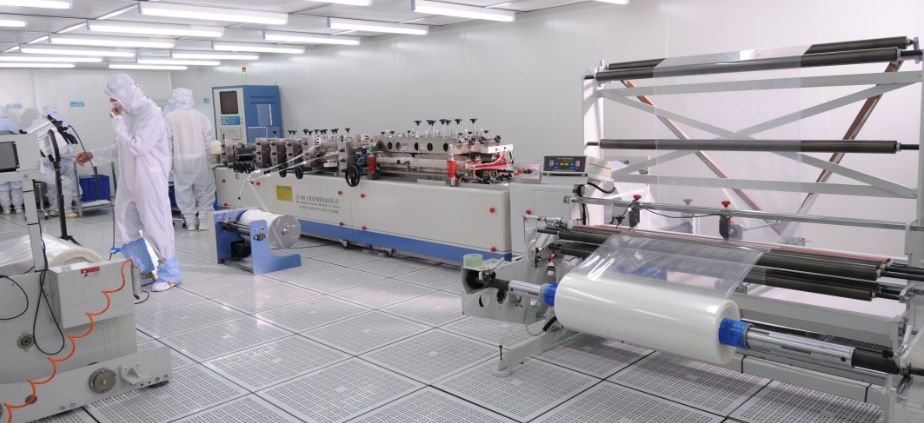Cleanroom testing is a very necessary process before the cleanroom is used by the owner after construction. Whether the cleanroom testing meets the standards will directly lead to whether the cleanroom meets the production requirements.
According to the standard of IES-RP-CC006.2 cleanroom test, the working state of cleanroom may fall into three states: empty, static and dynamic. The testing mode depends on the type of cleanroom design and the working state of cleanroom.
Working state of cleanroom
In the construction contract of cleanroom, only the most basic air test is usually specified, while the static and dynamic test is often omitted because of the tight schedule. However, we still recommend that both contractors and owners test the cleanroom under static and dynamic conditions. This will ensure that the construction of the cleanroom meets the design requirements. The comparison of test results under two different conditions, static and dynamic, will provide a very effective help for the analysis of the problems existing in the cleanroom.
For example, under static conditions, the cleanliness reaches the standard, while under dynamic conditions, it doesn’t meet the standard. This may be due to poor cleanroom management: non-standard cleaning when installing machines, inappropriate cleaning procedures, inadequate discipline management, incorrect machine placement (blocking the vent or blocking the air supply of filters), etc.
Therefore, we recommend that the cleanroom be tested in both static and dynamic conditions.

Cleanroom testing standards and practices
All cleanroom tests are basically based on internationally recognized standards (e.g. ISO14644-1; IEST-RP-CC006.2; NEBB manual and terminated FS-209E). These standards and practices provide the most basic guidance for cleanroom testing and certification. In fact, owners and builders of cleanrooms have different agreements on technical indicators, testing methods and acceptance standards of cleanrooms due to product and process requirements.
Therefore, most acceptance criteria are agreed upon by the owner and builder of the cleanroom through consultation and referring to the recommendations of the professional cleanroom testing and certification company. Since independent third-party testing and certification companies can usually propose suitable solutions for cleanroom testing, we recommend that owners and builders invite testing and certification companies to participate in the discussion of cleanroom technical parameters, testing methods and acceptance criteria. In case of disagreement on relevant parameters or standards, the testing and certification company will act as a mediator between the owner and the builder with their own expertise.
Selection of test items
The recommended cleanroom test items include the uniformity of the air velocity of the filter, leak detection of the filter installation, differential pressure, airflow parallelism, cleanliness, noise, illumination, humidity/temperature and so on. These are the basic test items, which include the main and auxiliary test items. These items should be consistent with the original design criteria and parameters of the clea room, and the test certification should be completed before the cleanroom is transferred to the owner.
Four main items (filter wind speed and uniformity, filter installation leak detection, differential pressure and cleanliness) are the most important and basic in all test items. It must be completed before the equipment enters the cleanroom. Other auxiliary test items such as airflow parallelism (only applicable to one-way flow clean room), temperature, humidity, illumination, noise also need to be completed, because they are related to the movement and environmental parameters of air in clean room. We believe that these auxiliary tests need to be done at least under dynamic conditions.
The performance test of cleanroom is a means to check whether the cleanroom project meets the standards, which will directly affect whether the cleanroom meets the production requirements. Therefore, enterprises should pay attention to the performance test of clean rooms.




Leave a Reply
Want to join the discussion?Feel free to contribute!